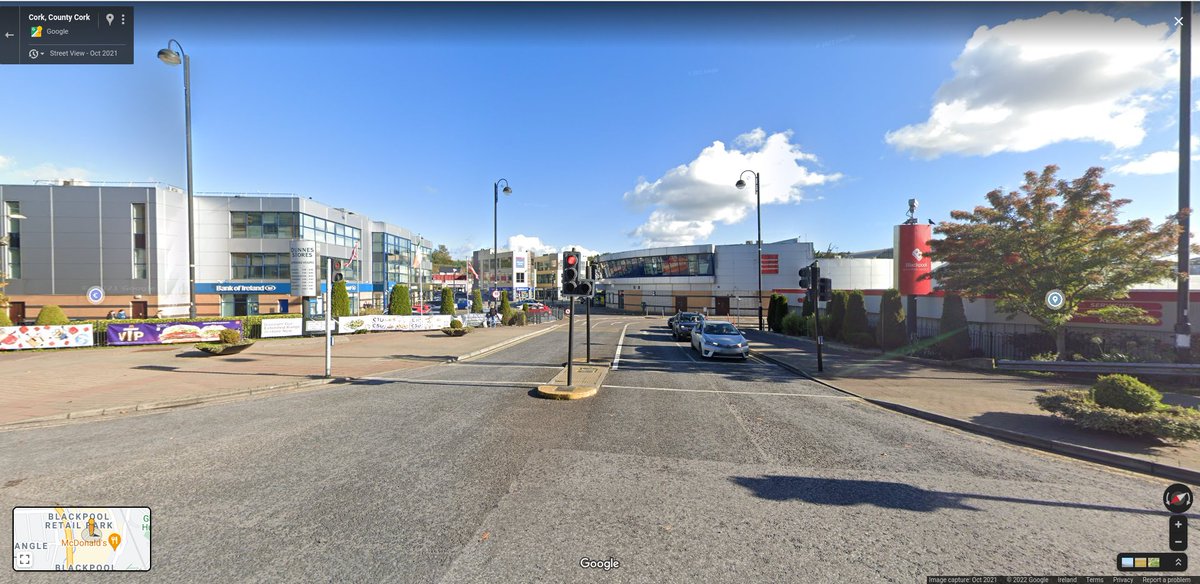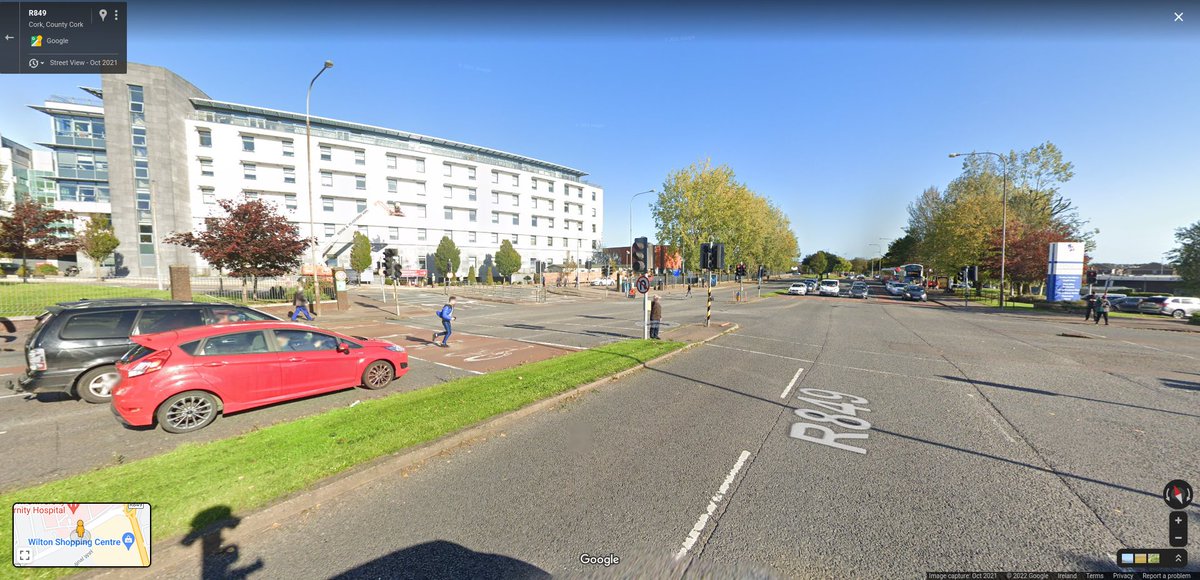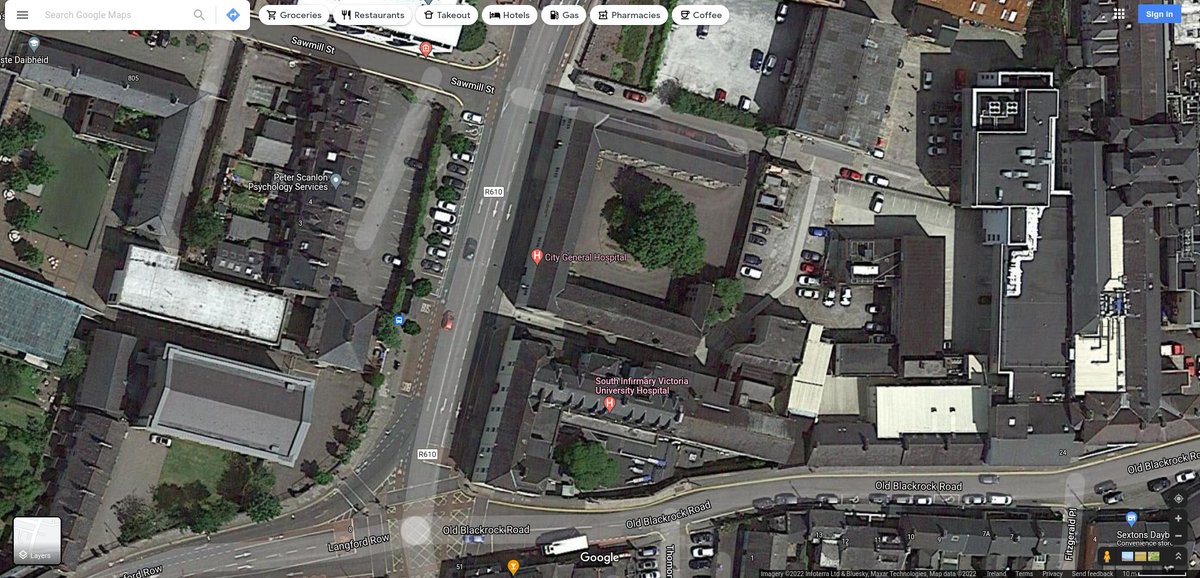18 further deaths from Covid-19 were announced in the past week, a total of 57 in 3 weeks of August, an increase over 37 in July. Deaths are rising exponentially, but are very much less than with similar infection levels in January. 

The ratio of deaths to cases is around 0.2%-0.3%, vaccination having reduced the median age of cases to 25 years. Very high infection levels are leading to growing infection in vaccinated older and vulnerable people. 

The number of cases of confirmed Covid-19 (across all ages) continues to rise at 3.1%/day (24%/week), headed towards 10,000 cases per day around 8 October. Such high infection would be associated with 20 Covid-19 deaths per day. 

The number of confirmed positive infectious people is about 15,000 (0.3% of the population) - as high as during the peak 4 - 24 January 2021. The chance of infection is higher than at any time in the pandemic, apart from the post-Christmas wave. 

The reproduction number is 1.05-1.15, continuing epidemic growth that is outpacing vaccination. Vaccination alone will not end this wave, and other measures are needed to limit illness and death in older and vulnerable people. 

Note that the reproduction number tracks a composite measure of mobility, and our composite mobility in Ireland continues to increase. Increased social contact means increased transmission. 

Apple (dashed) and Google (solid) measures of mobility show increasing activity in every domain, most are greater than August 2020, when incidence was low. Infection rates are currently as high as in January. 

In the past two weeks the 14-day incidence has fallen at ages 19-24, remained constant at 25-34, and increased in every other age group. It has tripled at 85+:
37% 0-4 years
72% 5-12
27% 13-18
-12% 19-24
0% 25-34
33% 35-44
71% 45-54
59% 55-64
96% 65-74
100% 75-84
191% 85+ years
37% 0-4 years
72% 5-12
27% 13-18
-12% 19-24
0% 25-34
33% 35-44
71% 45-54
59% 55-64
96% 65-74
100% 75-84
191% 85+ years
The overall 24%/week growth (54% per fortnight, 136% per month) is therefore just outpaced by vaccination in only 19-24 year-olds, but growing exponentially into older age groups. They will soon make up the majority of Covid-19 cases.
• • •
Missing some Tweet in this thread? You can try to
force a refresh


























